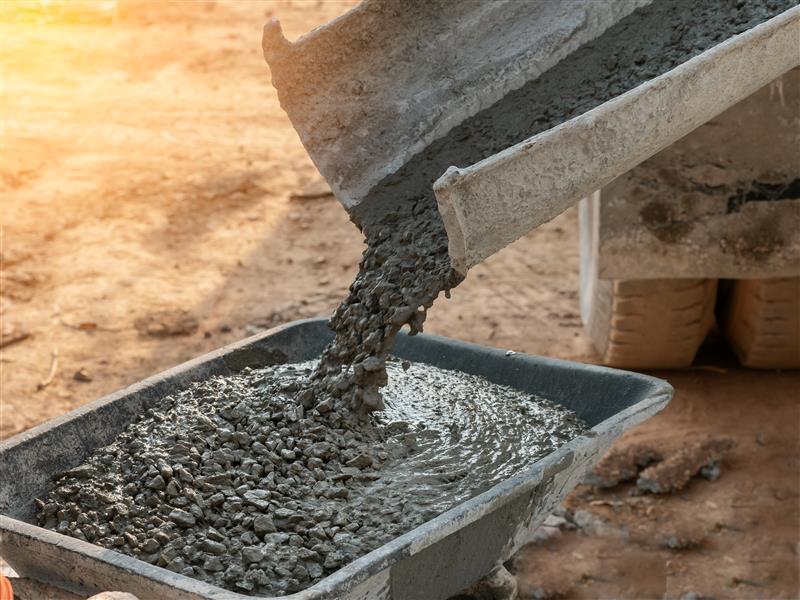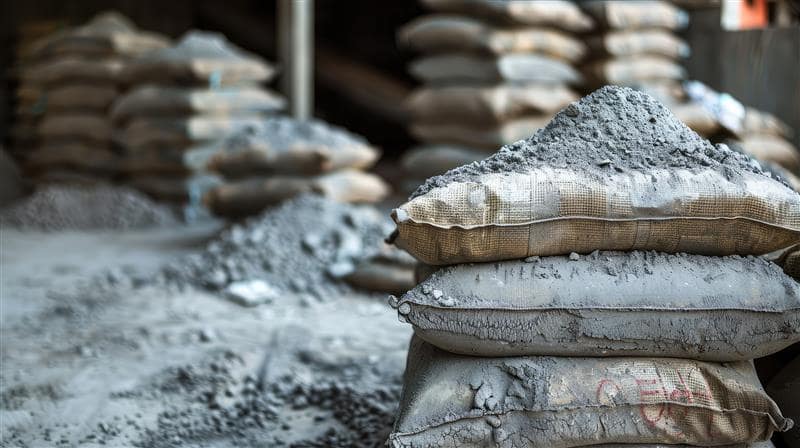What is MPa in Concrete?


Concrete is everywhere — from your driveway and footpaths to large-scale commercial buildings. But if you’ve ever reviewed a concrete specification or spoken to a supplier, you’ve probably come across the term MPa. So, what does it mean? And why is it important for your next project?
A Complete Guide for Homeowners & Builders
Understanding MPa – Megapascals in Concrete Strength
MPa stands for megapascal, a metric unit used to measure compressive strength. In the context of concrete, it tells you how much pressure the concrete can handle before it cracks or fails.
To put it in perspective:
1 MPa = 1 million pascals
The higher the MPa, the stronger the concrete
If a concrete mix is rated at 20 MPa, it can withstand 20 million pascals of pressure before breaking. Pretty impressive, right?
Why Does Concrete Strength Matter?
The strength of concrete directly influences its performance, durability, and suitability for different applications. Choosing the wrong MPa can lead to structural issues, premature cracking, and unnecessary costs.
1. Resistance to Cracking
Concrete with a higher MPa is less likely to crack under pressure, thermal expansion, or shrinkage. For example:
20 MPa concrete is sufficient for footpaths or driveways with light loads.
32 MPa or higher is needed where there’s frequent vehicle traffic or heavy machinery.
2. Longevity in Harsh Conditions
High-MPa concrete resists damage from:
Freeze-thaw cycles
Heavy rainfall or flooding
Salt exposure in coastal regions
This makes it ideal for outdoor, industrial, or marine environments.
3. Better Water and Chemical Resistance
Concrete with a higher MPa has a denser mix, reducing porosity. This means:
Less water can seep in
Lower risk of corrosion to steel reinforcements
Increased resistance to aggressive chemicals (especially in industrial applications)
4. Structural Integrity Over Time
In long-term structures like bridges, high-rise buildings, and commercial slabs, a stronger concrete mix (40 MPa+) ensures the structure remains safe and stable for decades.
In Short:
Low MPa = suitable for basic use, but limited durability
High MPa = increased strength, durability, and lifespan
For any project that demands long-lasting performance, selecting the right MPa is crucial.
How to Choose the Right MPa for Your Project
It all comes down to the function of the concrete:
Residential Use? A standard 20 MPa concrete mix is typically enough for light structures and general domestic use.
Commercial Applications? You may need a ready mix concrete, especially in areas exposed to vehicles or machinery.
Aesthetic Finishes? If you’re going for an exposed aggregate concrete finish, the strength still matters—it needs to hold up while showcasing the natural stone textures on the surface.

The Role of Premix Concrete SA
Premix Concrete SA handles on-site finishing and specializes in designing and delivering high-performance concrete mixes that meet Australian Standards.
Here’s how we work:
All mixes are designed based on your application needs.
Only premium materials are used to ensure long-term durability.
Advanced batching ensures consistent quality in every load.
We offer Normal Class Concrete, which includes:
20 MPa and 25 MPa mixes for homes and footpaths
32 MPa, 40 MPa, and 50 MPa for commercial and industrial work
So, when you choose Premix Concrete SA, you’re getting precision-designed mixes that match your project, every time.
What Else Affects Concrete Strength?
While MPa is a major factor, here are other elements that influence concrete performance:
Water-Cement Ratio: Less water usually means higher strength
Curing Time: Concrete continues to gain strength as it cures
Mix Quality: Using trusted readymix concrete suppliers in Adelaide ensures consistency and quality control
Final Thoughts
MPa might seem like just another number, but it’s a key part of getting your concrete job right. Whether you’re building a shed, pouring a driveway, or working on a large-scale commercial project, knowing what MPa rating you need helps prevent future headaches.
Remember: it’s not just about how the concrete looks — it’s about how well it holds up under pressure.
